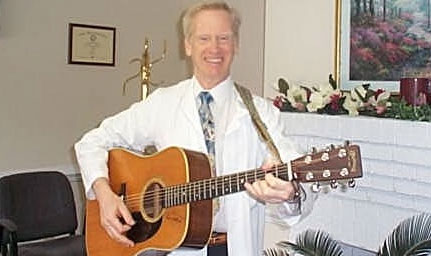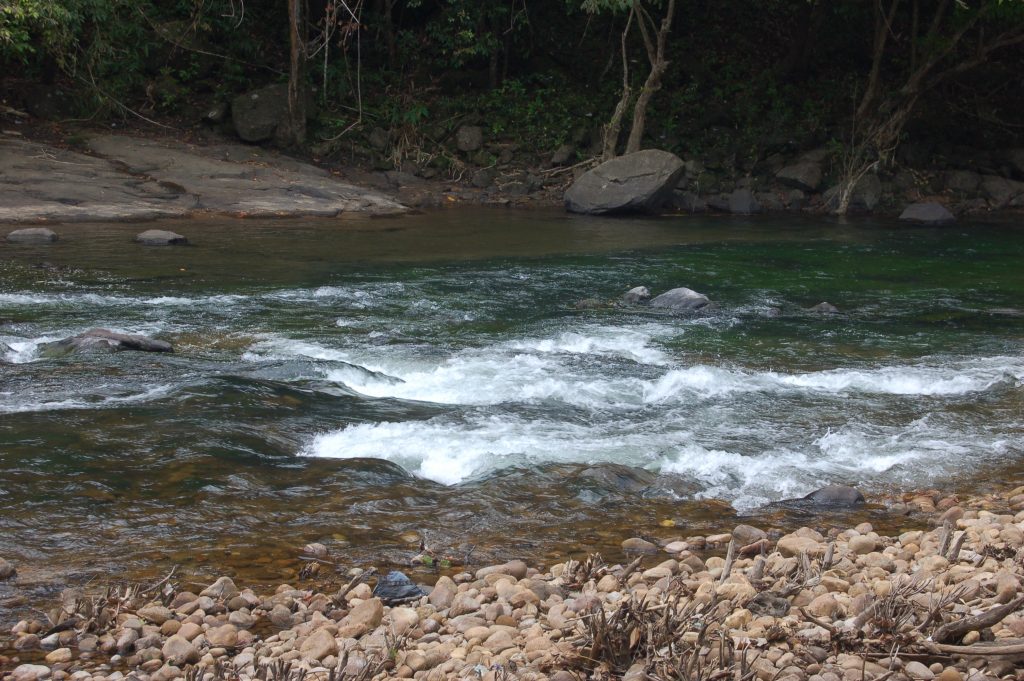By Dr. Steven Landau MD, USA*

In the United States and Australia, available evidence shows substantial death and disability due to errors committed by supposedly competent allopathic practitioners, those who practice “modern medicine.””
“In Australia medical error results in as many as 18 000 unnecessary deaths, and more than 50 000 patients become disabled each year. In the United States medical error results in at least 44 000 (and perhaps as many as 98 000) unnecessary deaths each year and 1 000 000 excess injuries.”
In October of 2020, the High Court of Kerala in India ruled that it was illegal for “unqualified” practitioners of traditional medicine, including especially Ayurveda and Naturopathy, to be practicing medicine anymore, since they had not graduated from “qualified” medical schools. This applied especially to Kerala, which has a good number of such traditional practitioners, and was based on the fact that at Independence time there was a dearth of programs training such practitioners, and there there are many more.
It seems to me that there is a lack of science in all this. We don’t know how many non-registered practitioners there are, and we don’t know their success and failure rates. We also don’t know the success and failure rates of the “modern” practitioners in India. Even the death rate and causes of death are not well documented, as noted in a recent article entitled “The Mystery of India’s Unrecorded Deaths.” https://www.bbc.com/news/health-28228177. As a result, I wonder I anyone anyone has a locus standi to determine who “is playing with people’s lives” and who is not, since so much of “modern Medicine” is determined by which drug company is fostering the research.
So – what to do to maximize the health and welfare and the happiness of the people of India?

Well, I suggest we take the example of what we did in Yoga Alliance of the USA. There was a situation where yoga in the late 20th century was becoming more popular, and employers wanted to figure out whom they could trust as teachers. So many yogis from different paths and disciplines got together many times over a period of years, argued it out and came to a synthesis, based on the fact that yoga works, no matter which style you do, and that different styles are good for different people. This is just like the awareness that different styles of medical practice are good for different people and for different problems. The solution they came up with was a mixed breed, just like the original Indian legislative efforts. Yoga teachers were considered qualified for their 200 hour registration of training if they graduate from, and were certified by a school offering that kind of curriculum, which had to include a certain number of hours each of Technique, subtle and gross Anatomy, Philosophy, Lifestyle and ethics, and Practicum. They also offered the 200 hour RYT (Registered Yoga Teacher) status to those who could show that they had been teaching for 5000 hours, even if they had no formal school certification. This allowed for the guru-disciple relationship to be maintained and honored.
Over time, many schools offering RYT training blossomed, and it was no longer felt necessary to include the “Grandfather” (now also known as “Grandmother” or
“Grandparen”) path to registration as RYT. 500 hour trainings were developed, and specialty yoga registrations were developed in pre-natal and children’s yoga. Still, occasional exceptions are made to allow registration for people who demonstrate high competence even if they took an unusual path.
The recommendation for India would be as follows:
- Recognize and honor those traditional practitioners and let them continue to practice. Those who are felt to be harming people by action or negligence can be investigated, educated and/or disciplined.
- Professional Licensing Boards to be set up determining the criteria for qualification in the various disciplines, and enforcement of the same.
- Schools for the various medical disciplines need to be set up including the sciences known about the human body, mind and spirit, and include the traditional practitioners in their faculty so their knowledge base is preserved
- Research needs to be done into the effectiveness of various ‘pathies for various ailments, and the overall death and complication rates of each, along with measures of the expenditures needed to engage in one discipline or the other. We call itthe cost/benefit ratio. Now in the US, a new marker is utilized for particular approaches which includes the Number Needed to Treat, which measures how many people given a drug or surgical approach actually get better from it. Then another marker is the Number Needed to Harm, which measures how many of the people given a drug or surgical approach were harmed from it.
- Encourage communication between practitioners of different disciplines so they know better which patients would benefit more from which style of medicine.
This type of approach has worked well with the Yoga community around the world, and is also incorporated to some extent in the “modern medicine” community in the West. The development of respect for the various ‘pathies, along with their shortcomings, and the need for disciplinary boards, has been well described by Ananda Marga Gurudeva Shrii Prabhat Rainjan Sarkar in his book, “The Human Society.” Personally, I stand ready to help India implement such systems.
*The author is Board Certified in Family Practice in the United States of America. He is also known as AcaryaPashupati in Ananda Marga, and was a Board Member of Yoga Alliance USA for 6 years during its early development. In addition to being considered an expert in allopathic or “modern medicine,” he is trained in homoeopathy, Ayurveda, and Naturopathy. He graduated from Harvard College and Temple University School of medicine, resides in North Carolina, and visits India and other countries frequently to train yoga teachers and participate in relief efforts with AMURT, the Ananda Marga Universal Relief Team.

